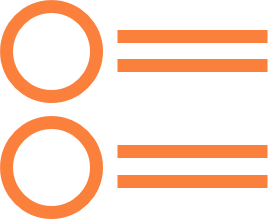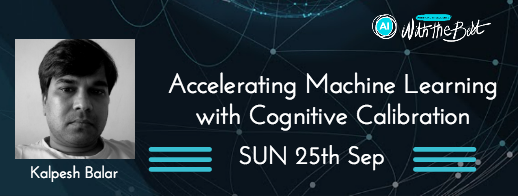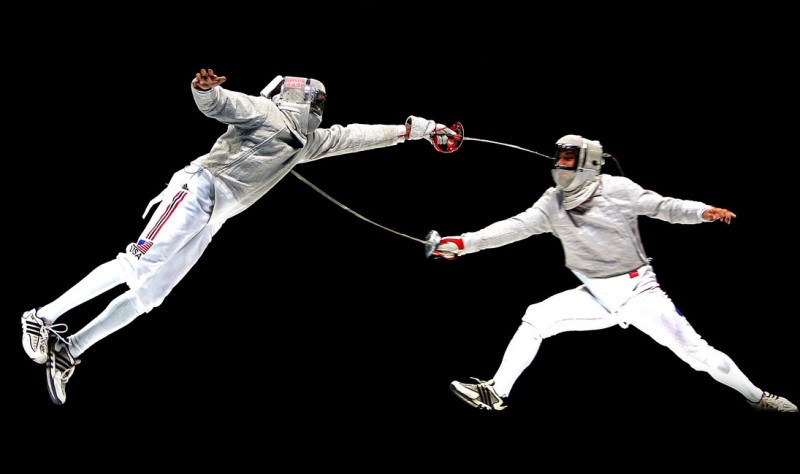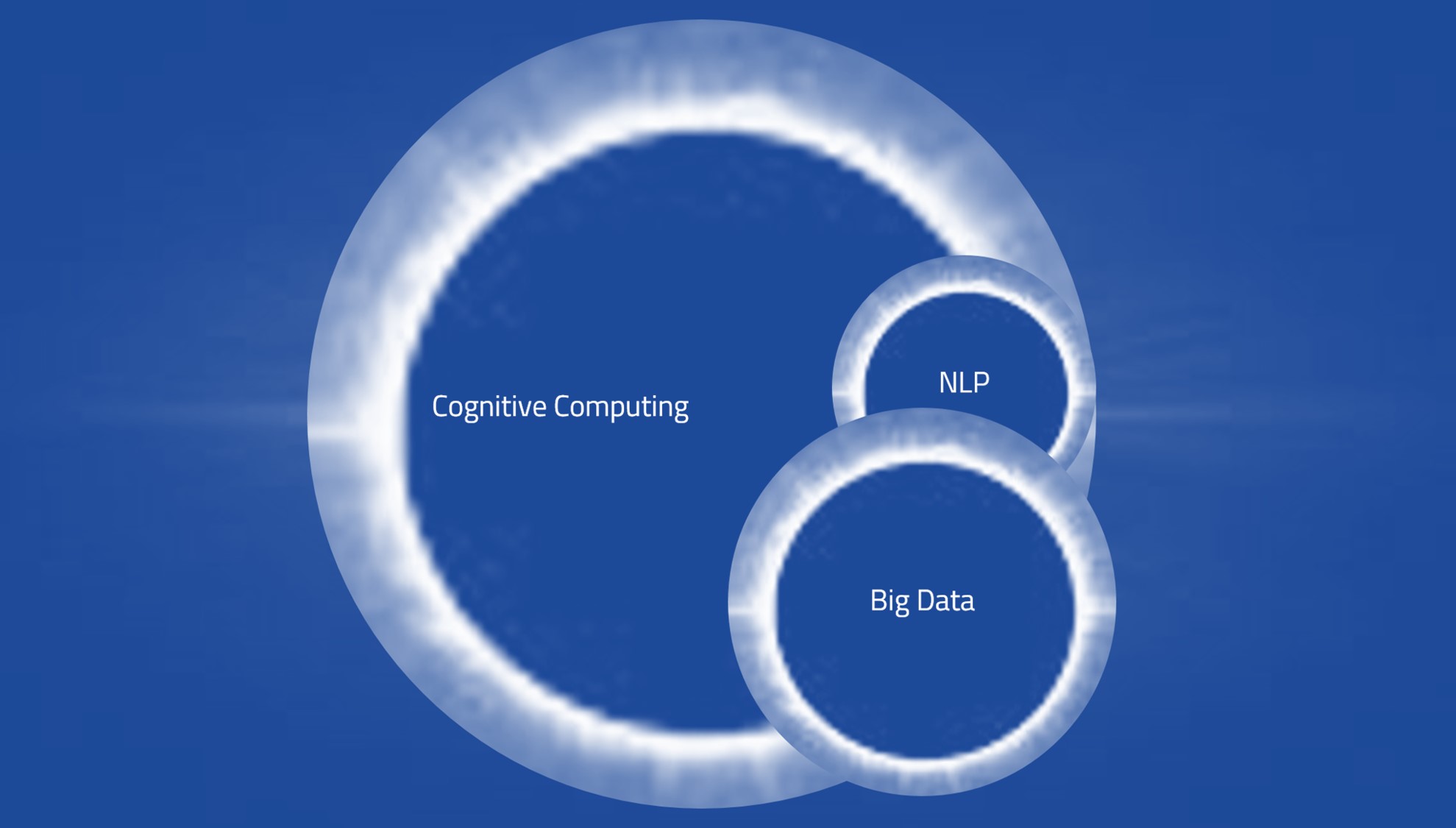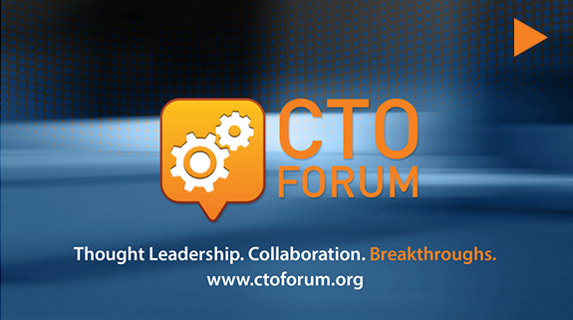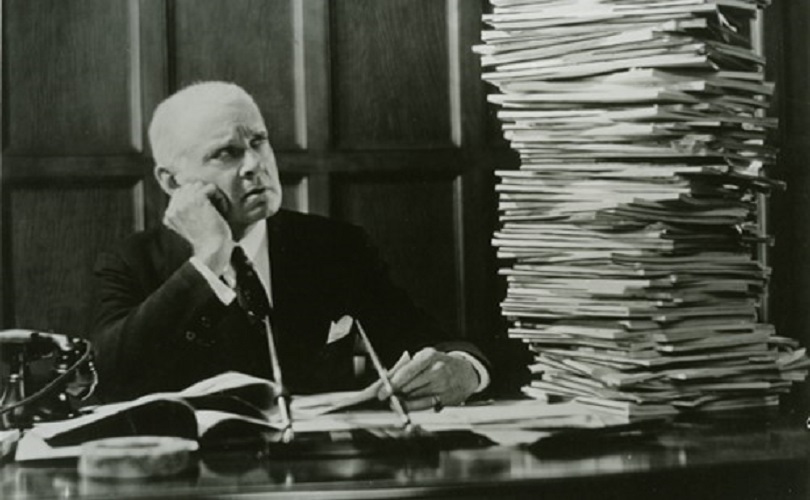
When asked whether we can help a team with cognitive technology, the answer is almost always a resounding "Yes"; it just takes some brainstorming to get the creative juices flowing. The process we follow is more or less the same in most situations. This blog gives you a step by step version of the process to help you idenitfy how your team could use cognitive technology.
Step 1: Find all repetitive tasks
Think of a repetitive task that many employees in your organization have to complete frequently. It could be sophisticated cognitive tasks like reading news about a topic or answering customer queries, or relatively simple like transcription or extracting certain values from a text. Typically, this is a repetitive task that the employees look forward to the least, but is critical in a workflow. Usually, this is a foundational task to more sophisticated cognitive decisions.
Step 2: Draw up your wishlist
Next, add the tasks you wish your team would do, but you know everyone will bolt the moment you ask them to, or that the costs are prohibitive. These are tasks that can take quality of your output from 80 to 100, or create a massive competitive differentiation, but you don't do them for reasons of practicality or costs. Examples - reading each and every customer review to look for relevant feedback, scanning through medical histories of all patients to find most relevant precedents, etc.
Step 3: Decide what you can delegate
Now, imagine you were to hire a super-smart intern: someone who is bright and fast, has a great attention to detail, learns very quickly, but does not know enough about your industry or the role they have been hired for. Imagine, you had a team of 1,000s of them. Of the tasks identified in steps 1 and 2, identify those that this team of interns can be trained for. These are tasks that are tedious, repetitive, and, usually based on simple cognitive rules. If the task relies on creativity or judgment to be completed, as of 2016 it should be filtered at this step.

Step 4: Ensure structured tasks are already automated
It is very unlikely that structured tasks make it this far. By structured tasks, we mean that a) the data needed for these tasks is structured, or can be put into tables, and b) the decisions made on this data to complete the task are also structured, or can be written as mathematical rules. In most cases such tasks have been already automated. In any case, using cognitive computing to automate structured tasks will be a massive overkill. You should hire a data analytics or RPA company. Silicon valley alone has 100's of them.
Step 5: Sort by impact to your organization
You are ready to automate every workflow that has come this far. Our best advice would be to sort them as per impact on your organization; pick one of the high rankers that is well defined and has the related data available; and call some of the cognitive computing companies like IBM or Coseer. As in any other thing, its probably best to start walking before jumping - pick something that will yield quick results before signing up for multi-year projects.
In our experience, every corporate executive has a few things on the list by step 5. Beyond this point its a matter of finding enough bandwidth, pilot budgets, and organizational buy-in. Most cognitive technology vendors can define the problem better at this stage, and articulate their data needs.
As you can see, the applications of cognitive computing are boundless. The question is, are you truly being creative?


